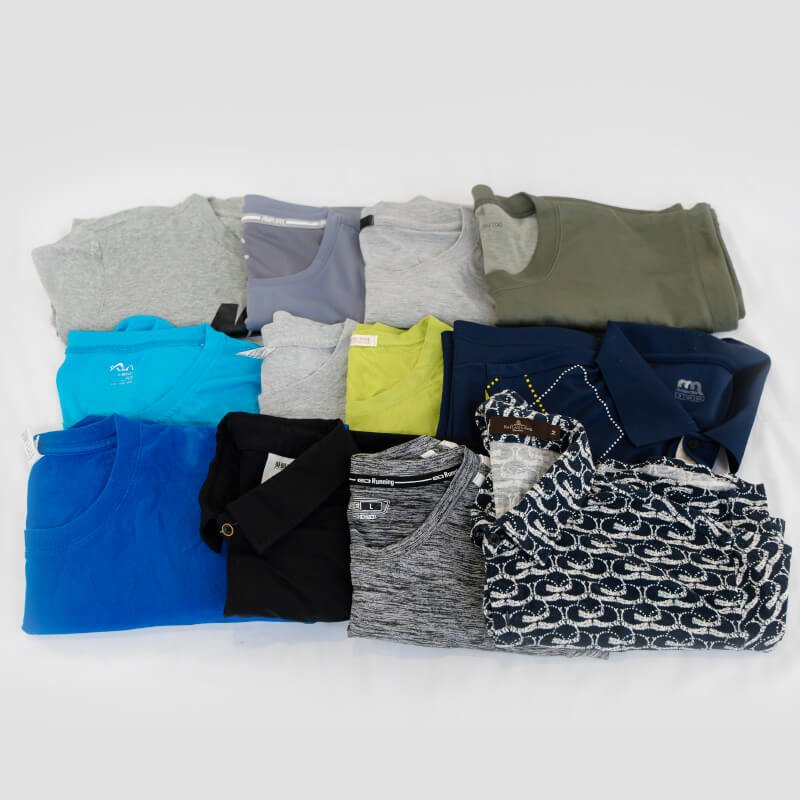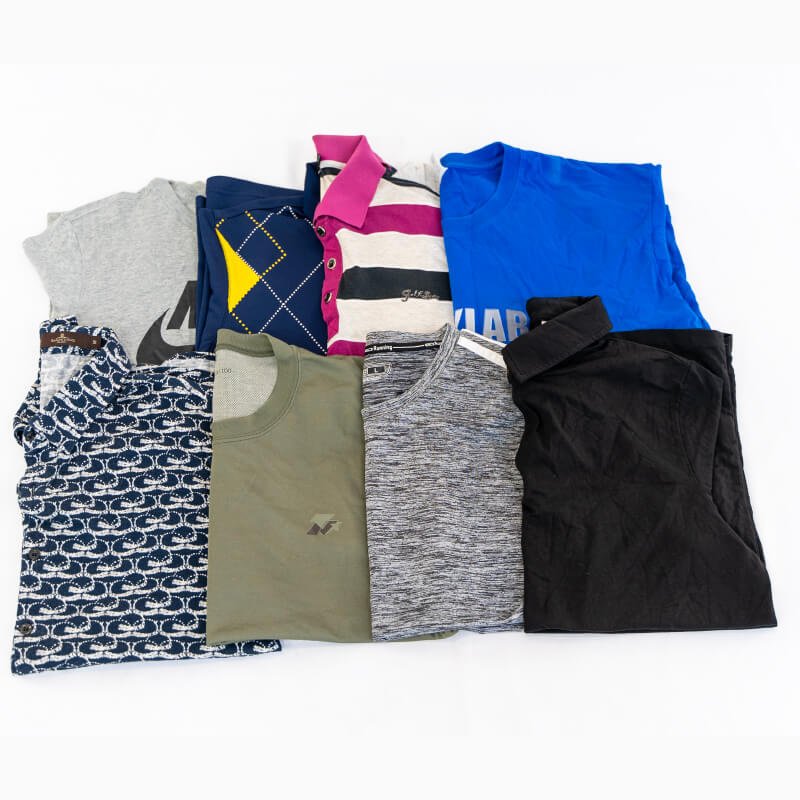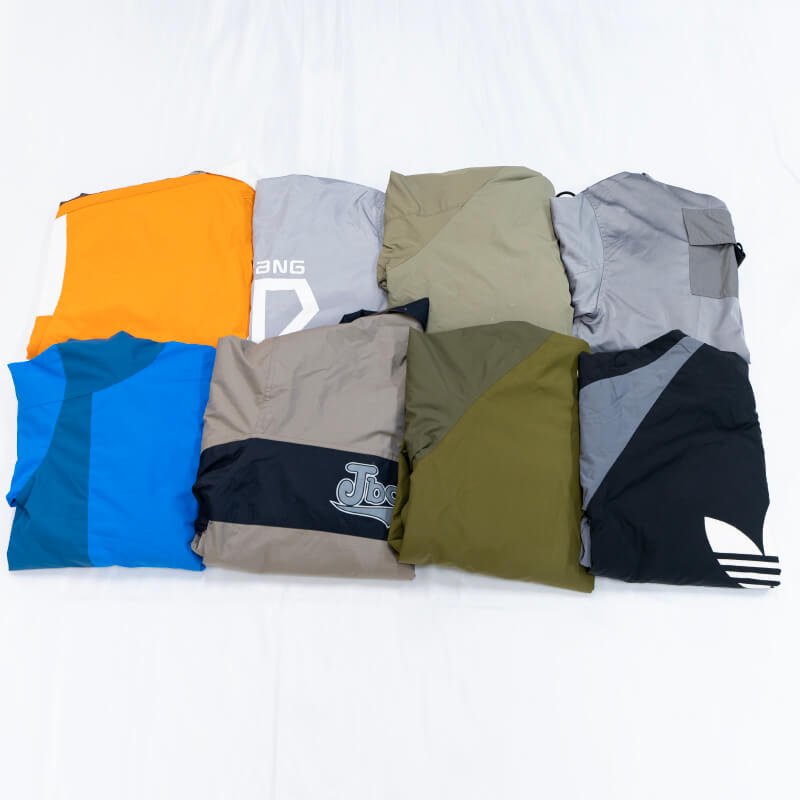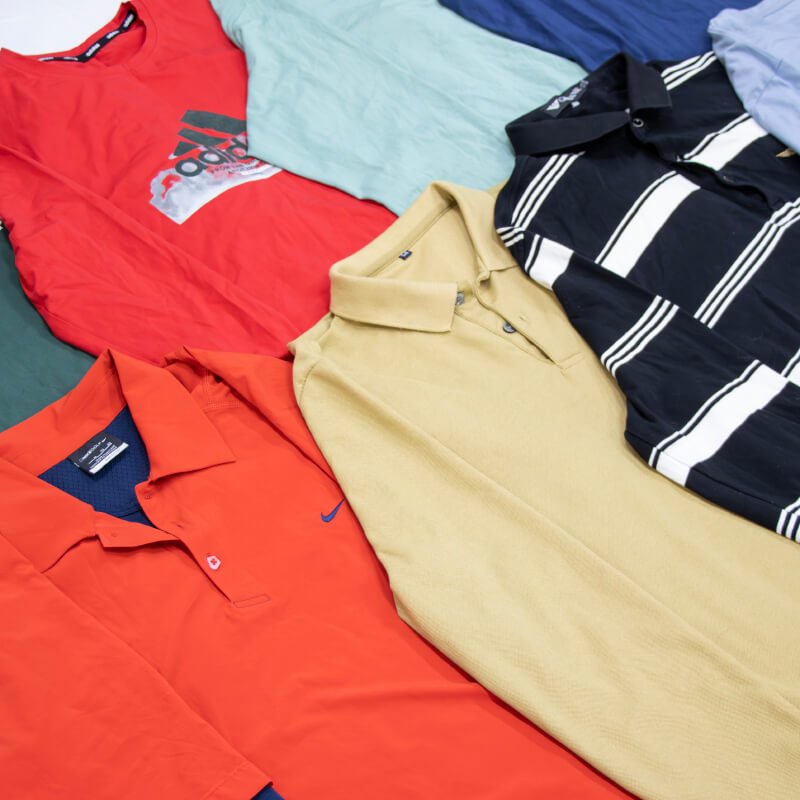Introduction
The rise of the second hand clothing market has been remarkable in recent years. This trend reflects not only a shift in consumer behavior but also a growing awareness of sustainability and economic considerations. In this article, we delve into the safety aspects of buying second hand clothing, exploring both the advantages and potential risks associated with this practice.

Advantages and Risks
Advantages
- Environmental Benefits: One of the primary advantages of purchasing second hand clothing is its positive impact on the environment. By extending the lifecycle of garments, we reduce resource consumption, waste generation, and environmental pollution.
- Economic Value: Second hand clothing often comes at a fraction of the cost of new garments. This affordability makes fashion more accessible to a broader range of individuals and contributes to a more sustainable consumption model.
- Unique Style: Another allure of second hand clothing is the opportunity to discover unique and one-of-a-kind pieces. Thrifting allows individuals to express their individuality through fashion while avoiding the cookie-cutter trends of mass-produced clothing.
Risks
- Hygiene Concerns: One of the foremost concerns when purchasing second hand clothing is the potential lack of thorough cleaning. Garments may harbor bacteria, allergens, or even pests, posing health risks to the wearer.
- Quality Issues: Second hand clothing may exhibit signs of wear and tear, such as fraying seams or fabric pilling. While some imperfections add character to vintage pieces, excessive damage can compromise the garment’s integrity and longevity.
- Allergic Reactions: Certain individuals may experience allergic reactions to detergents, perfumes, or other residues present in pre-owned clothing. These reactions can range from mild irritation to more severe dermatological issues.

Safety Tips for Purchasing Second Hand Clothing
Check Clothing Quality: Before making a purchase, carefully inspect garments for any signs of damage, such as tears, stains, or odors. Pay close attention to seams, buttons, and fabric integrity.
Choose Reliable Retailers: Opt for reputable second hand clothing supplier with positive reviews and transparent quality control measures. Established sellers often adhere to strict standards regarding garment condition and cleanliness.
Wash and Disinfect: Upon acquiring second hand clothing, it is essential to launder items thoroughly before wearing them. Use hot water and detergent to remove any lingering dirt, bacteria, or allergens. For added peace of mind, consider adding a disinfectant solution during the wash cycle.
Be Mindful of Allergic Reactions: Individuals with sensitive skin or known allergies should be cautious when trying on second hand clothing. If you experience any discomfort or skin irritation, discontinue wearing the garment and wash it again with hypoallergenic detergent.

Conclusion
In conclusion, purchasing second hand clothing offers numerous benefits, from environmental conservation to economic savings and style versatility. However, it is crucial to approach thrift shopping with awareness and caution. By following safety tips such as inspecting garment quality, choosing reputable sellers, and practicing proper hygiene, consumers can mitigate potential risks and enjoy the rewards of sustainable fashion responsibly. Ultimately, prioritizing safety ensures that second hand clothing remains a viable and enjoyable option for conscientious consumers worldwide.
